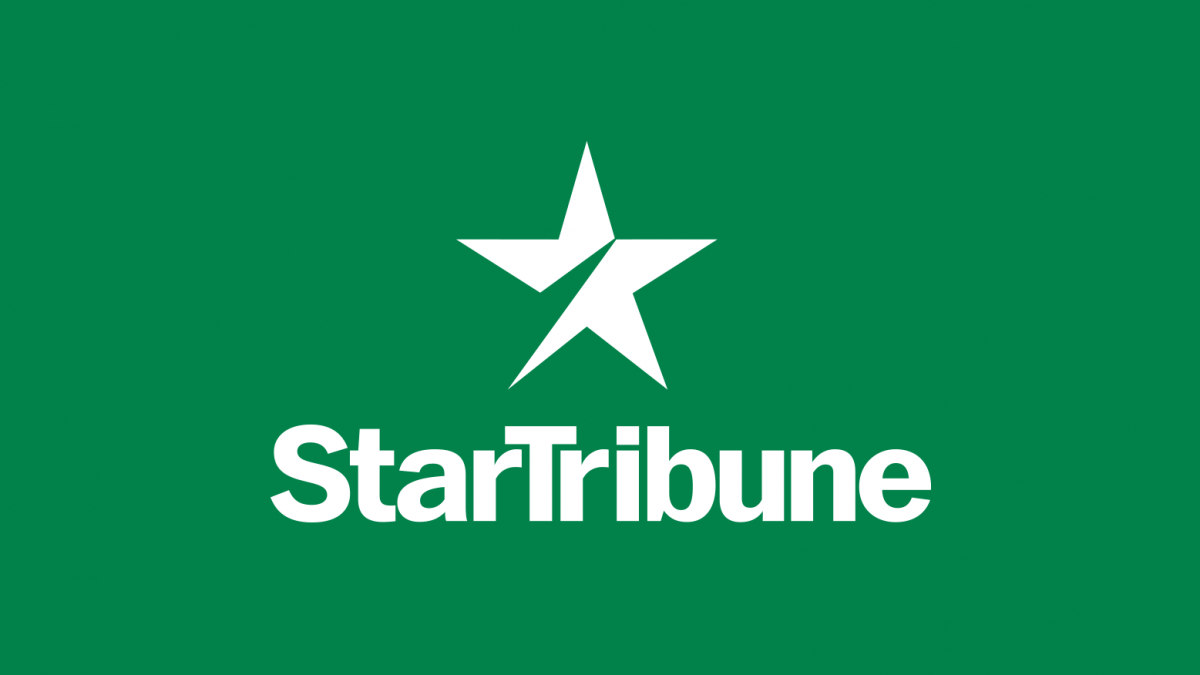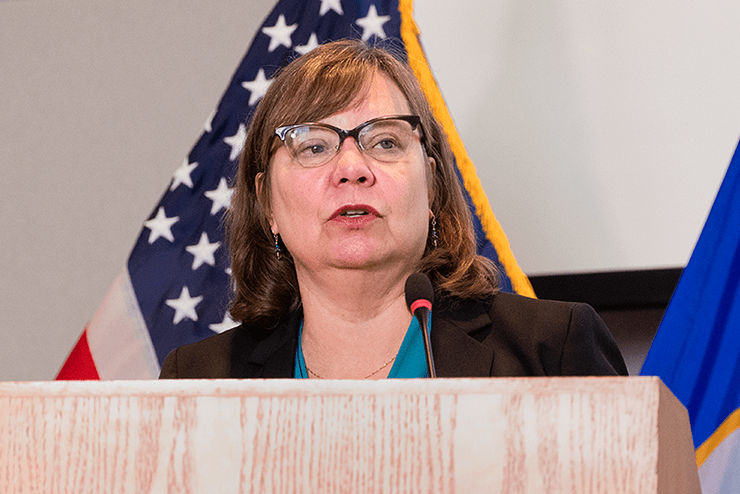
Even as life insurance payouts increased, Securian buckled down and saw growth for 2020
March 20, 2021
After testy meeting, China says will discuss climate with US
March 20, 2021The latest round of coronavirus relief checks, this time for $1,400 per person, are arriving. What will you do with the money?
So far, people have been careful with the funds with every round. The National Bureau of Economic Research found that almost 60% of the $1,200 checks issued in the first round went to pay down debt or into savings.
Researchers at the University of Chicago found that households on average spent mostly for food, beauty items and other products that people hoarded in the early days of the pandemic. Little went to purchases such as cars or appliances.
Economists reasoned that with lockdowns in place last spring, there were far fewer options for spending the money.
One other factor to watch this time, given the size of the checks: Economists said that the greater the check, the less likely people are to spend it.
Bill paying: A survey in early January by Bankrate.com found that four in 10 people surveyed said they would put the second-round $600 checks toward monthly bills such as rent or mortgage payments and utility bills.
Erasing debt: Almost 5 million people in Illinois age 18 and older said someone in their house received a relief payment in the previous seven days, according to data collected by the Census Bureau between Feb. 17 and March 1. Of those who detailed their plans, almost 2.4 million said it would be mostly be used to pay off debt.
Saving: With the third round of relief payments, Bank of America anticipates more of the funds will be saved in one way or another, not spent.
It’s not good news for sellers of food, clothing and other necessities. Planned use of the money in those categories is anticipated to be down almost 5% from what people planned to do with the payments last year. One bright spot is vacation and travel.
Bank of America found that every household income group planned to save much more than normal. Among high earners, people with yearly household incomes of more than $120,000, 79% said they either planned to save it, pay off debts or invest it. That same sentiment was echoed by 53% of people surveyed who had household incomes of less than $30,000. The lower-income group reported the highest intentions of spending it on food, clothing and other needed purchases.
Buying stocks: A survey of 430 retail investors by Deutsche Bank last month found that half of those surveyed between the ages of 25 and 34 plan to buy stocks with half their checks.
Mary Ellen Podmolik writes for the Chicago Tribune.





